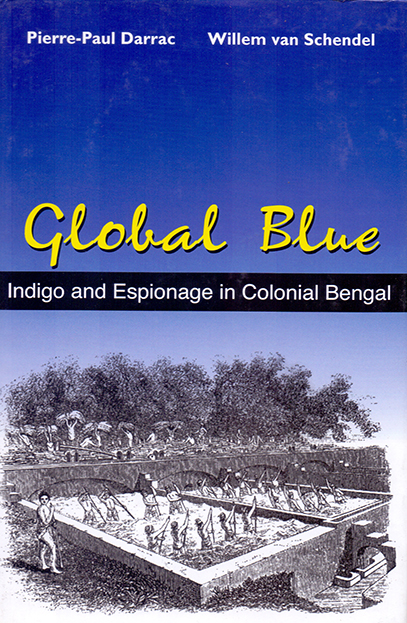
- Shop
- Global Blue: Indigo and Espionage in Colonial Bengal
Global Blue: Indigo and Espionage in Colonial Bengal
https://uplbooks.com/shop/9789840517404-global-blue-indigo-and-espionage-in-colonial-bengal-8234 https://uplbooks.com/web/image/product.template/8234/image_1920?unique=3e0f130
| Language: English |
Tags :
Book Info
What do in Lithuania, a British art gallery and a film festival in Singapore have in common? They all carry the name Indigo. For many people around the world today, the word Indigo has an aura of romance, nostalgia and gentility. Not so in Bengal. Here the production of the blue dyestuff is remembered mainly as an example of colonial cruelty, greed and violence. This book analyses the emergence of indigo in Bengal as part of the history of globalisation. For centuries indigo dye was a global commodity of great value, sought after by the most powerful trading companies. Indigo played an important role in shaping the modern world by connecting people in far-flung corners of the globe. The first part of the book presents an overview of attempts by rival European powers - notably Spain, France and Britain - to set up indigo export systems in the Americas, Asia and Africa. It provides an explanation for the sudden success of indigo in a new area, Bengal, around 1800: within 20 years, Bengal indigo had wiped out its competitors from the Caribbean and Central America. This part of the book concludes with an account of how the French tried to steal the secret of Bengal's success in order to set up indigo production in West Africa. The second part of the book is a translation of a secret report on Bengal indigo, written by Pierre-Paul Darrac on orders from Paris in 1823. This is the first time it has been published. Apart from its interest as a piece of astute agro-industrial espionage, it is also the earliest known detailed report on indigo production in Bengal.

Pierre Paul Darrac
Pierre-Paul Darrac was chief of the French Settlement at Dhaka from 1816 to 1822.

Willem van Schendel
Willem van Schendel is Professor of Modern Asian History, University of Amsterdam.


